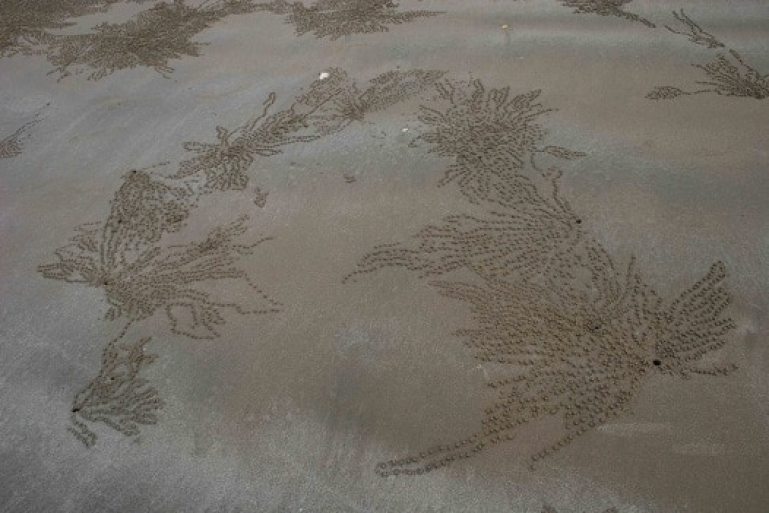
After a pretty horrendous summer here in Australia autumn has started with a global virus crisis. Pete and I had been looking forward to a lovely river cruise in the Balkans. But over the past few weeks our flights were changed three times, the Grand Prix was cancelled, international cricket was played without an audience, football (all versions) is to be played fan-free – and then, at 5pm on Friday, our holiday was cancelled, too. We were due to leave on Sunday.
You’re right, it’s disappointing. It’s also more than disappointing for the businesses – big and small – which will suffer because of this virus. And along with the businesses, their employees. Flight Centre is closing 100 stores. All the airlines are cancelling flights and asking staff to take leave. Restaurants are deserted. Wait staff aren’t needed. Tourist destinations around the world are deserted etc. For many, it will be calamitous, their livelihood swept away as surely as if by a flood or a fire.
Oh well. We won’t be able to pick up duty-free booze at the airport so we’ll have to pop in to Dan Murphy’s for that. But we do have plenty of toilet paper, so we’ll be fine.
Still and all, if we have to stay home, there are worse places.
Queensland is finally relaxing into autumn, my favourite time of the year, when the temperature and the humidity both decrease and the winds stay calm. It’s a perfect time to visit our beach.
Even when the raptors aren’t performing the beach is a very interesting place. Apart from the line of rocks that appear out of the water at low tide, there’s a little reef off shore which you can walk out to at really, really low winter low tides. Other times, you can snorkel over it.

Further our there’s sea grass and if you’re lucky, you might see a dugong come up for air before it goes down again to feed. It’s the feeling you’ve actually seen one, not that it’s tremendously exciting. I’ve never taken a picture. It would be a little grey hump in the water. Sometimes our own local dolphins cruise by and maybe put on a little show, but they’re more interested in eating.
Any time of the day the water along the beach is full of tiny little fish trying to grow up and bigger fish trying to eat them – let alone the birds, which are also trying to eat them. I’ve been fortunate enough to actually get some pictures of all this activity.



That little rocky reef near the shore is popular with many birds as a resting place or for fishing.


Apart from all that activity in the sea, there’s plenty on the shore. Tiny crabs come out of their sand burrows and feed on the detritus brought in with the tide. Then they roll the processed sand away from their burrow. The picture below is what the beach looks like after several hours of activity.

Before the balls all merge together people like me try to work out what the crab is trying to create with his art. Butterflies? Birds? Monsters?


These little guys are not the only crabs on the beach. Soldier crabs form up their armies and march around. Safety in numbers, I guess. I think they must feel the vibration of footsteps because they’ll quickly disappear into the sand if you approach.





That’s just a few of the locals. This blog would be pages long if I covered them all. More pictures next time.
Leave a Reply